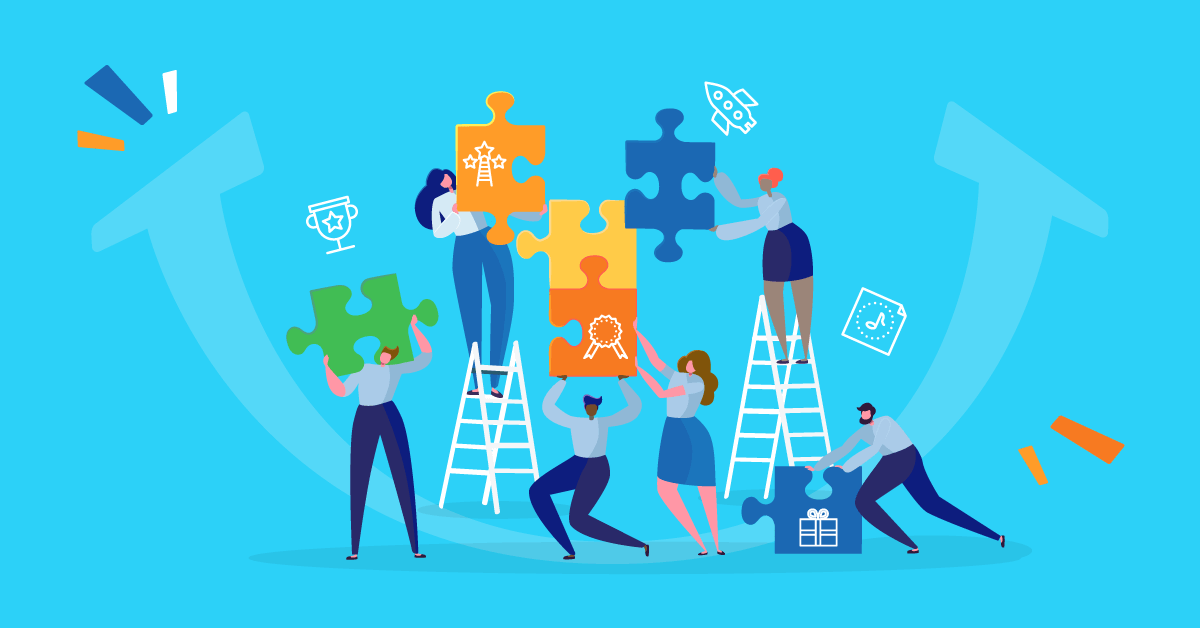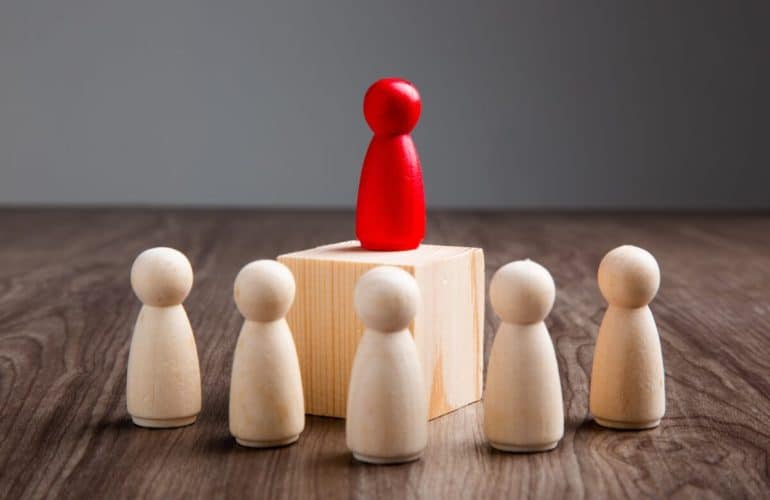Key Takeaways
- Gamification enhances training through interactive learning experiences that combine theory with practice.
- It makes work more enjoyable, turning tasks into fun challenges that boost team collaboration.
- Gamification drives better information retention, leading to fewer errors and improved compliance.
- It empowers employees to excel and align their efforts with organizational goals.
- By shifting focus from failures to opportunities, gamification fosters a positive mindset.
- It reinforces collaboration, timeliness, and accountability through feedback and recognition.
- Clear objectives and immediate recognition motivate employees and create a high-performing culture.
- Monthly feedback challenges facilitate timely and constructive feedback among team members.
- Gamification turns goals into visible achievements, enhancing motivation and engagement.
- It promotes participation and interaction, fostering skills growth and high energy in the workplace.
- Gamification drives performance and retention through friendly competition and challenges.
- Clear goals and KPIs remain essential, even in gamified environments.
In today’s fast-paced business environment, maintaining high levels of employee engagement and performance is a constant challenge. Gamification—the application of game-design elements in non-game contexts—has emerged as a powerful tool to meet this challenge. By transforming routine tasks into engaging activities, gamification not only enhances motivation but also fosters a collaborative and high-performing culture within organizations. In this blog post, we will explore various ways gamification is boosting workplace productivity and why it is becoming an integral part of corporate strategies.
Understanding Gamification in the Workplace
What is Gamification?
Gamification involves integrating game-like elements such as points, badges, leaderboards, and challenges into everyday work activities. This approach leverages humans’ intrinsic motivation to compete, achieve, and be recognized, making work more enjoyable and engaging.
How Gamification Works
By combining theoretical knowledge with practical applications, gamification creates interactive learning experiences. These experiences are particularly effective when they mimic real-world challenges and tasks, allowing employees to gain a deeper understanding of their work environment and responsibilities.
The Benefits of Gamification
Enhancing Training Effectiveness
- Interactive Learning: Gamification transforms traditional training programs into interactive experiences that blend theory with practice, making learning both engaging and impactful.
- Improved Retention: Employees tend to remember information better when it is presented in a fun and engaging manner, reducing errors and improving compliance with company policies.
Boosting Motivation and Engagement
- Fun and Collaboration: Gamifying work tasks turns them into enjoyable challenges, fostering team spirit and collaboration.
- Visible Achievements: By setting clear objectives and providing immediate recognition, gamification enhances motivation and creates a culture of high performance.
Fostering a Positive Work Environment
- Focus on Opportunities: Shifting focus from failures to opportunities encourages a positive and growth-oriented mindset among employees.
- Feedback Culture: Monthly feedback challenges facilitate timely and constructive feedback, promoting continuous improvement and accountability.
Driving Organizational Goals
- Alignment with Objectives: Gamification empowers employees to excel and aligns their efforts with organizational goals, ultimately driving better business outcomes.
Implementing Gamification: Key Considerations
Setting Clear Goals and KPIs
Even in a gamified environment, clear goals and key performance indicators (KPIs) are crucial to ensure that gamification efforts are aligned with the organization’s strategic objectives.
Designing Effective Gamification Strategies
- Incorporate Feedback Mechanisms: Real-time feedback and recognition are essential components of any successful gamification strategy.
- Encourage Friendly Competition: A healthy sense of competition can drive performance and retention as it motivates employees to put their best foot forward.
Gamification is more than just a trend; it is a transformative approach that reinvents the way organizations engage with their employees. By enhancing training, fostering a positive work environment, and aligning with organizational goals, gamification can drive significant improvements in workplace performance. As businesses look for innovative ways to boost productivity, incorporating gamification into their strategy could be the game-changer they need.




